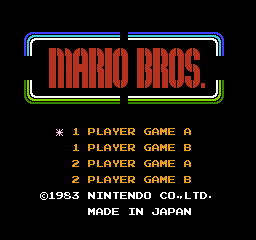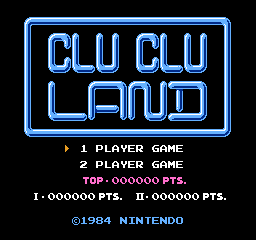While the Nintendo certainly wasn’t the first video game system, during its run, video games were still a relatively new arrival to the arena of personal entertainment. The issue of media censorship as anything from necessary evil to patriotic duty still came up in the United States, and even with media-friendly video-game-loving Reagan in the White House, it was clear that combating any PR snafu would be an uphill battle.
Nintendo’s headquarters in Japan had already instituted strict guidelines for their video games prohibiting sexual imagery, but Nintendo of America took this all a step further and released strict overarching content guidelines that included things like prohibitions against depictions of domestic violence, drug or alcohol use and, most notably, religious imagery. Though exceptions were allowed for video games such as Castlevania (which has crosses), Ghosts ‘n’ Goblins and a few others that may have been intentional or may have simply slipped in under the radar, the general rule was obeyed to the extent that crosses were on some occasions removed from tombstones and other only vaguely religious depictions.
As such, a game in which you are a green monster using crosses and Bibles to combat a speedo-clad Satan would be a hard sell to say the least.

